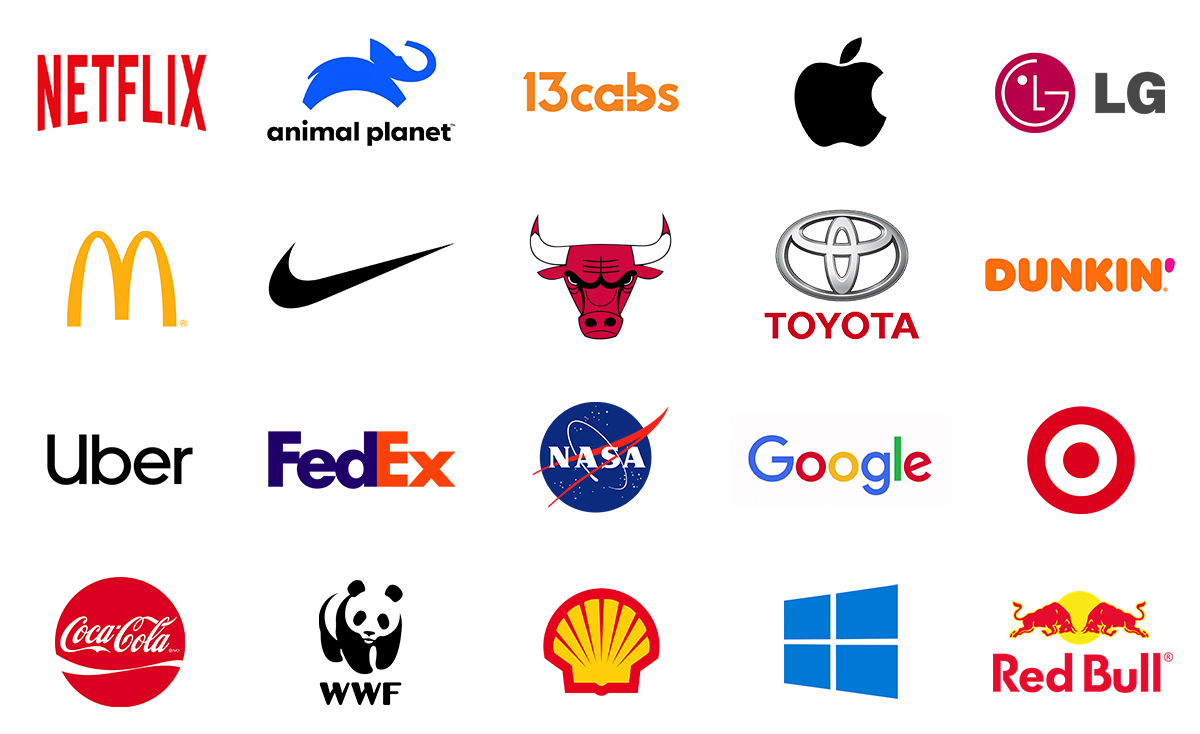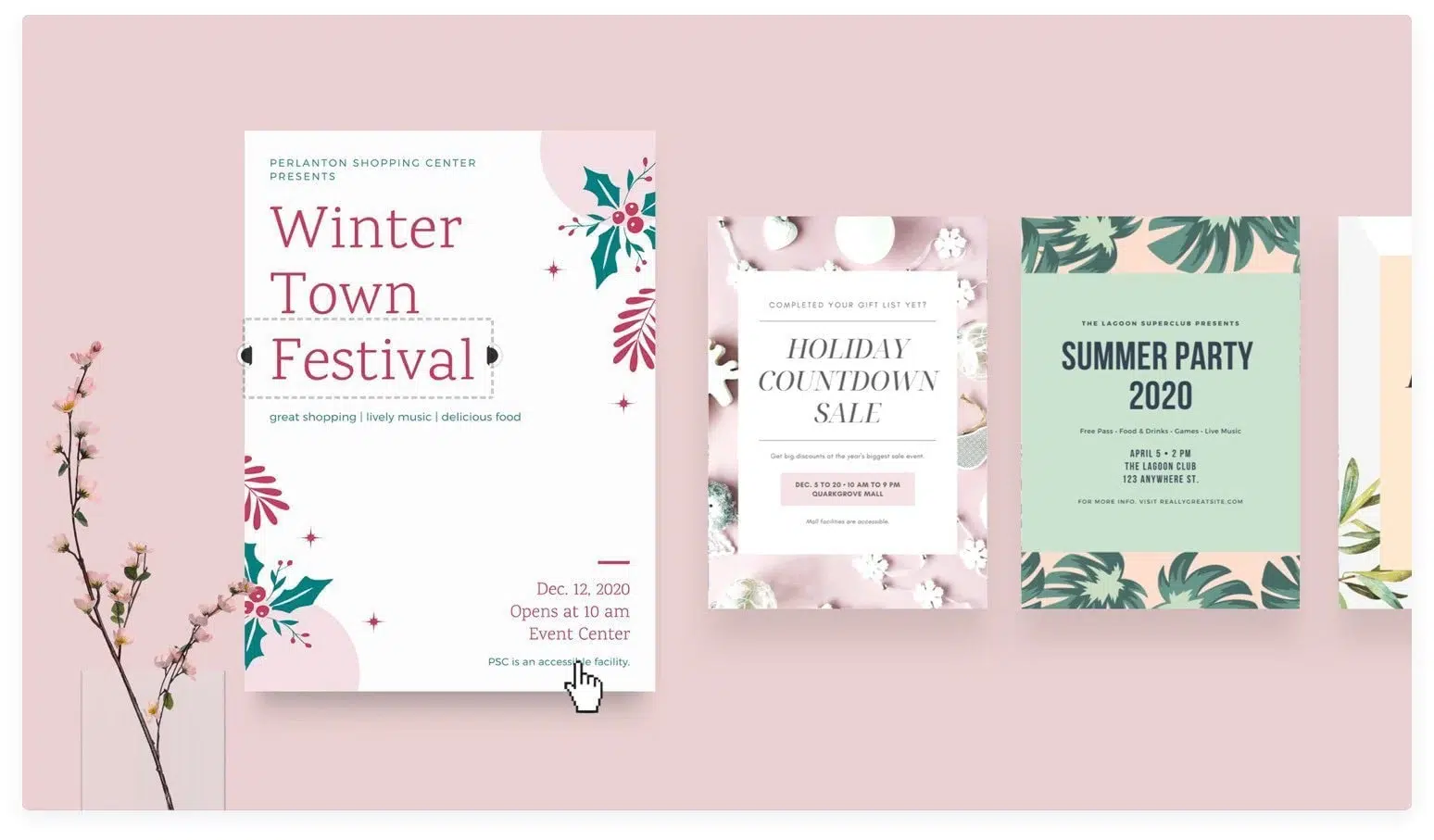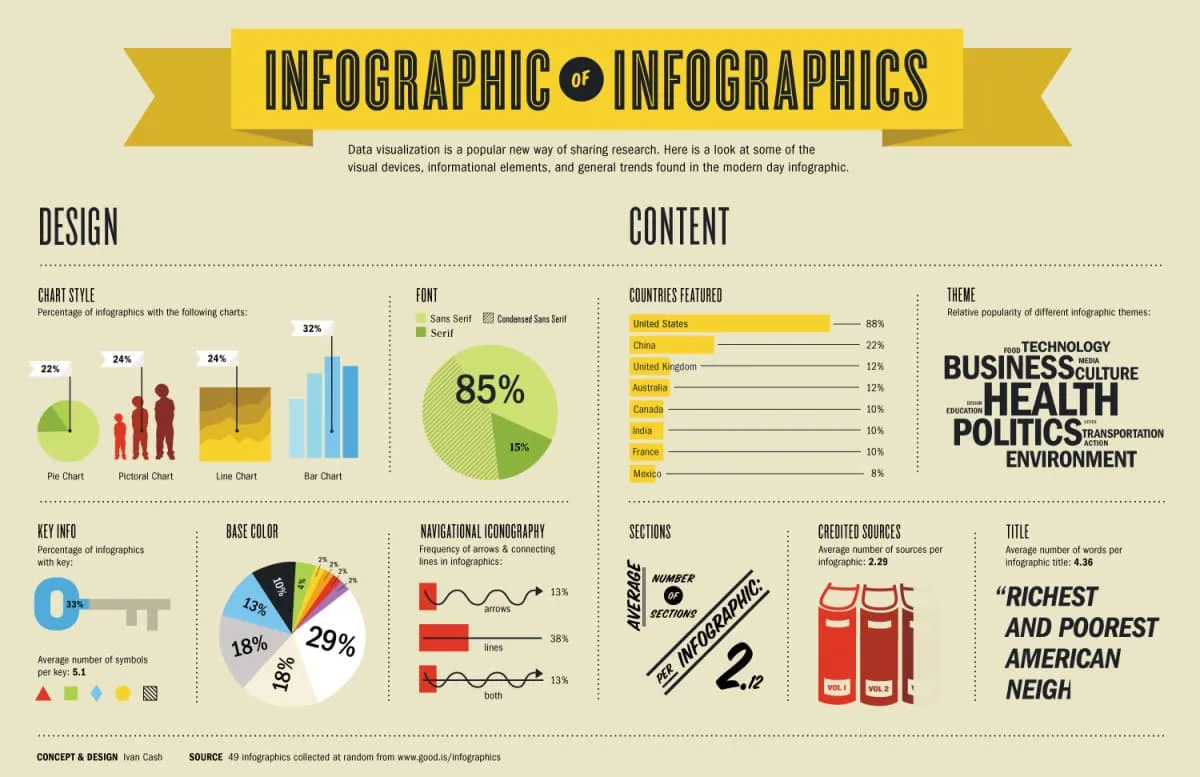How to Use Surrealism in Your Business Graphics to Capture Attention and Imagination
Do you want to make your business graphics stand out from the crowd and create a lasting impression on your audience? If so, you might want to try using surrealism in your design.
Surrealism is a style of art that combines realistic and fantastical elements in unexpected and illogical ways. It can create a sense of wonder, curiosity, and intrigue in your audience, and make your business graphics more unique and memorable.
In this article, you will learn how to use surrealism in your business graphics to capture attention and imagination, and what are the benefits and challenges of doing so.
What is Surrealism and Why Use It in Your Business Graphics?
Surrealism is an artistic movement that emerged in the early 20th century as a reaction to the rational and logical approach of modernism. Surrealists wanted to explore the hidden and irrational aspects of the human mind, such as dreams, fantasies, and subconscious impulses.
Surrealism is characterized by the use of juxtaposition, distortion, transformation, and symbolism to create images that defy logic and reality. Some of the most famous surreal artists include Salvador Dali, Rene Magritte, Frida Kahlo, and Max Ernst.

Surrealism can be a powerful tool for your business graphics, as it can help you achieve the following goals:
- Creating a unique and memorable visual identity for your brand. By using surrealism, you can differentiate yourself from your competitors and show your creativity and originality. You can also express your brand personality and values in a more vivid and emotional way.
- Stimulating the creativity and imagination of your audience. By using surrealism, you can challenge your audience to think beyond the obvious and the ordinary. You can also spark their curiosity and interest, and invite them to explore your message and meaning more deeply.
- Conveying complex or abstract ideas in a simple and engaging way. By using surrealism, you can use visual metaphors and analogies to communicate your message and meaning more effectively. You can also simplify your message and make it more memorable by using striking and memorable imagery.
- Differentiating yourself from your competitors and attracting more attention. By using surrealism, you can stand out from the crowd and catch the eye of your audience. You can also create a lasting impression and increase your brand recall and recognition.
However, using surrealism in your business graphics also comes with some potential drawbacks or risks, such as:
- Confusing or alienating your audience if your message is unclear or irrelevant. If you use surrealism too randomly or excessively, you might confuse or frustrate your audience, and lose their trust and interest. You need to make sure that your surreal imagery is relevant to your business goals and audience needs, and that your message is clear and consistent.
- Offending or upsetting your audience if your imagery is inappropriate or insensitive. If you use surreal imagery that is too violent, sexual, or controversial, you might offend or upset your audience, and damage your brand reputation and image. You need to be aware of your audience’s preferences, expectations, and cultural sensitivities, and avoid using imagery that might be considered offensive or inappropriate.
- Violating the intellectual property rights of other artists if you copy or plagiarize their work. If you use surreal imagery that is too similar or identical to the work of other artists, you might violate their intellectual property rights, and face legal consequences and penalties. You need to respect the originality and creativity of other artists, and avoid copying or plagiarizing their work.
How to Use Surrealism in Your Business Graphics: Tips and Techniques
If you want to use surrealism in your business graphics, here are some practical tips and techniques that you can follow:
Choose a theme or concept that fits your business goals and what your audience wants
Before you design, know exactly what you want to achieve and show with your business graphics. Pick a theme or concept that relates to your business goals and audience needs and can be shown in a surreal way. For instance, if you’re promoting a new product, choose a theme or concept that highlights its features, benefits, or value proposition in a surreal way.
Mix realistic and fantastical elements for contrast and surprise
Surrealism often combines elements that don’t usually go together. By doing this, you can make your business graphics more interesting and appealing. Use a mix of realistic and fantastical elements like objects, animals, people, landscapes, etc., to create surreal images that break the rules of logic and reality. For example, combine a realistic image of your product with something fantastical, like a flying fish or a giant eye.
Use colors, shapes, and textures to set the mood
Surrealism also plays with colors, shapes, and textures to create a mood and atmosphere in business graphics. These elements enhance the emotional impact and attractiveness of your graphics. Choose colors, shapes, and textures that suit your theme or concept and match your brand identity. Bright and vivid colors can create a cheerful mood, while dark and muted colors can give a mysterious feel. Experiment with different shapes and textures for various effects.
Communicate your message through symbolism, metaphors, and analogies
Surrealism uses symbolism, metaphors, and analogies to convey complex ideas in a simple and engaging way. Make your business graphics more meaningful and memorable by using symbols, metaphors, and analogies that relate to your theme or concept. For example, use symbols representing your brand values, like a heart or a star. Compare your product or service to something else through metaphors or analogies, like a rocket or a superhero.
Add humor, irony, and paradox for interest and engagement
Surrealism uses these elements to make graphics more entertaining and intriguing. Incorporate humor, irony, and paradox relevant to your theme or concept to capture your audience’s interest. You can use jokes, puns, or wordplays to make them laugh or smile. Employ irony and paradox to make them think or question, using contradictions, exaggerations, or reversals.
Here are some examples of how to apply these tips and techniques to different types of business graphics
A logo
It is a unique symbol or design that represents your brand. To make it stand out, you can use surrealism, blending real elements with imaginative ones like wings or halos. This helps express your brand’s feelings and qualities in a lively way. Choose colors, shapes, and textures matching your brand’s style to set the right mood. Bright colors and organic shapes can make it cheerful, while dark colors and geometric shapes can add a mysterious touch. Symbols like hearts or stars represent your brand values, making the logo meaningful and memorable. Adding humor or irony, like a joke or a playful twist, can also make it fun for your audience.

A flyer
A flyer, whether printed or digital, promotes your product, service, event, or offer. To make it interesting, use surrealism in your design. Combine realistic and fantastical elements, like a regular product image with something surprising, such as a flying fish or a melting clock. Colors, shapes, and textures matching your theme create a specific mood—bright for cheerfulness or dark for mystery. Include symbols or metaphors related to your product, like a rocket or superhero, to make the flyer memorable. Adding humor, irony, or paradox with puns, jokes, or contradictions makes it entertaining.

Infographics
Infographics visually represent data, information, or knowledge. To stand out, consider using surrealism by blending realistic and fantastical elements. Combine a regular image with something unexpected, like a flying fish or a giant eye. Choosing colors, shapes, and textures that match your theme enhances the mood. Symbolism, metaphors, or analogies like a rocket or superhero make your infographic more meaningful. If feeling creative, incorporate humor, irony, or paradox through puns, jokes, or contradictions to engage your audience.

Presentations
Presentations are speeches conveying your message to an audience. To make it interesting, add surreal elements like flying fish or melting clocks. Vibrant colors and fun shapes create a cheerful mood, while dark tones and geometric shapes add mystery. Symbolism like rockets or superheroes adds meaning. Adding humor, irony, or paradox makes it entertaining.

Social media posts
Social media posts are updates shared on platforms. Use surrealism by combining real and fantastical elements like flying fish or giant eyes. Colors and textures set the mood, and symbolism like rockets adds meaning. Humor, irony, or paradox makes your post entertaining and shareable.

Conclusion
Surrealism is an art style that mixes realistic and fantastical elements in surprising and illogical ways. It can make your business graphics intriguing and stand out. The article discussed using surrealism in business graphics to grab attention and spark imagination. It covered the benefits, challenges, practical tips, and examples for various graphics like logos, flyers, infographics, presentations, and social media posts.
Consider exploring OnextDigital if you need a professional and creative team for your business graphics. We offer services like web development, mobile app development, UX/UI design, and white label software. The experts at OnextDigital can create eye-catching business graphics using surrealism or any style you prefer. Furthermore, we can assist with online presence, marketing, and branding. Visit our website or contact us to learn more about their services. It’s a decision you won’t regret!





